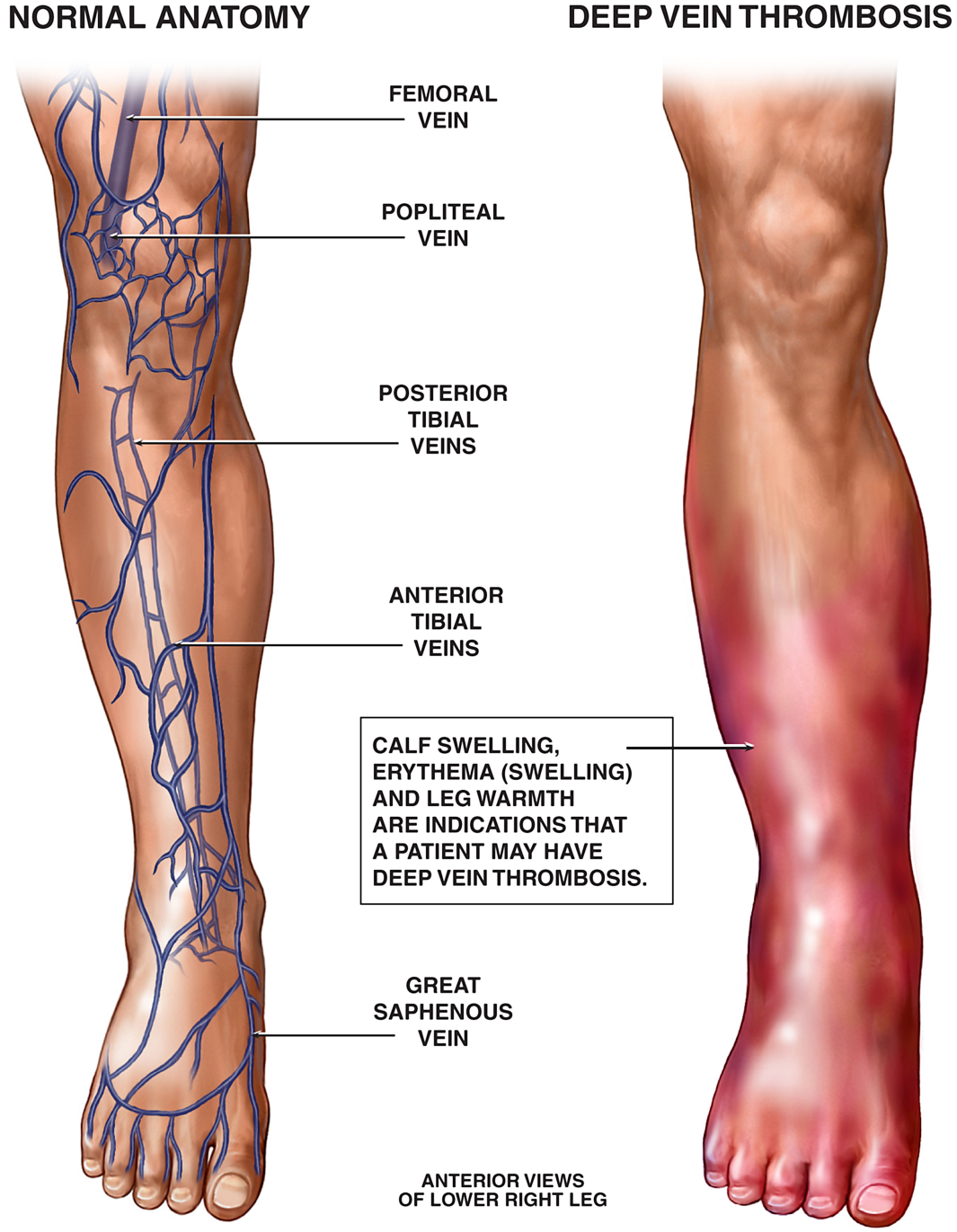A nurse is caring for a client who has experienced a cerebrovascular accident with resulting dysphagia.
Which of the following therapists assists clients to learn to eat with less risk of aspiration?
Speech.
Respiratory.
Physical.
Occupational.
The Correct Answer is A
Aspiration is when food or liquid enters the airway and causes choking or infection. Speech therapists can teach clients exercises to strengthen the muscles involved in swallowing, as well as strategies to prevent aspiration, such as changing the position of the head or the texture of the food.
Choice B is wrong because respiratory therapists help clients with breathing problems, not swallowing problems.
They may provide oxygen therapy, chest physiotherapy, or mechanical ventilation.
Choice C is wrong because physical therapists help clients with mobility problems, not swallowing problems.
They may provide exercises, massage, or assistive devices to improve movement and function.
Choice D is wrong because occupational therapists help clients with daily living activities, not swallowing problems.
They may provide training, adaptive equipment, or environmental modifications to enhance independence and quality of life.
Dysphagia is a medical term for swallowing difficulties.
It can be caused by various conditions that affect the nerves or muscles involved in swallowing, such as stroke, head injury, Parkinson’s disease, or esophageal cancer.
Dysphagia can lead to complications such as malnutrition, dehydration, or aspiration pneumonia.

Nursing Test Bank
Naxlex Comprehensive Predictor Exams
Related Questions
Correct Answer is D
Explanation

Correct Answer is D
Explanation
The correct answer is choice D. “I’ll think about my grandfather’s farm to reduce pain.” This statement indicates an understanding of guided imagery, which is a relaxation technique that aims to help lower the levels of stress hormones and pain perception by imagining a scene that involves each of the senses and positive emotions.
Guided imagery can help to distract from pain signals and reduce anxiety, which can also contribute to pain.
Choice A is wrong because it does not involve creating a specific imagined reality, but rather noticing the sensation of muscle tension, which may increase awareness of pain.
Choice B is wrong because it does not involve using all of the senses and emotions, but rather listening to music, which may be relaxing but not as effective as guided imagery for pain relief.
Choice C is wrong because it does not involve imagining a scene, but rather using focused breathing to control pain, which is another relaxation technique but not guided imagery.
Whether you are a student looking to ace your exams or a practicing nurse seeking to enhance your expertise , our nursing education contents will empower you with the confidence and competence to make a difference in the lives of patients and become a respected leader in the healthcare field.
Visit Naxlex, invest in your future and unlock endless possibilities with our unparalleled nursing education contents today
Report Wrong Answer on the Current Question
Do you disagree with the answer? If yes, what is your expected answer? Explain.
Kindly be descriptive with the issue you are facing.
